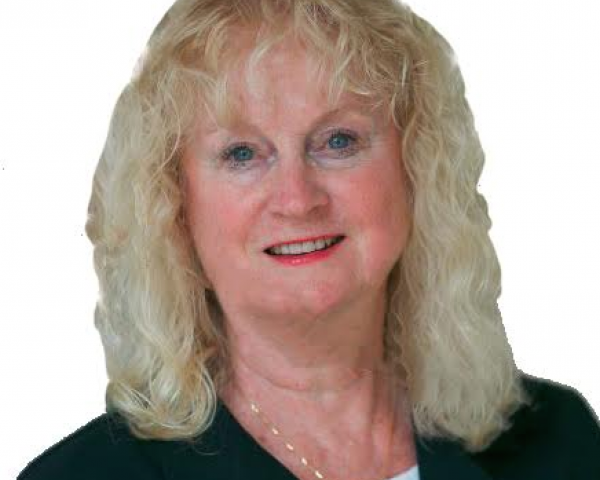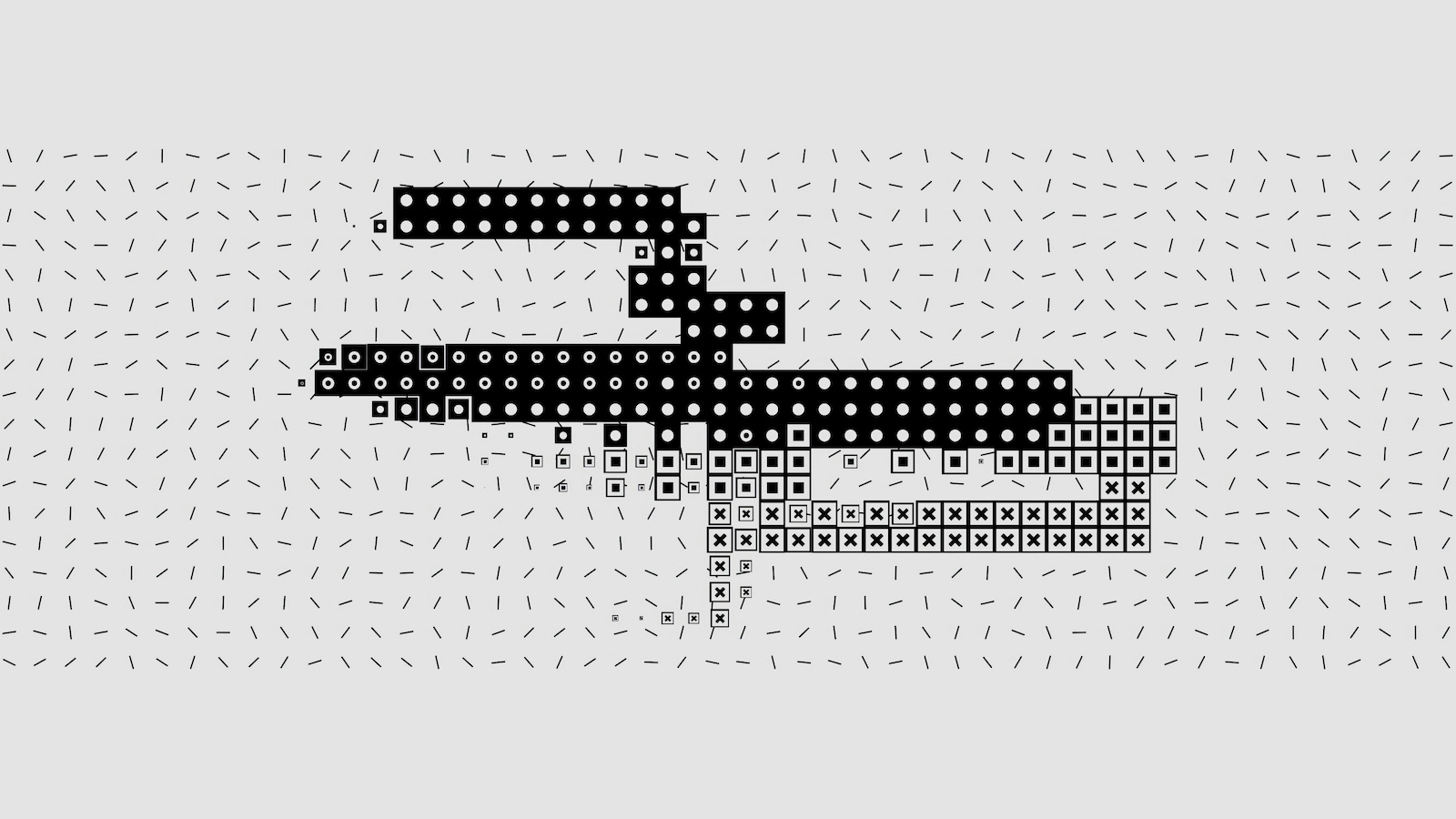Despite the headline, this blog is not about auto insurance or distracted driving. It’s about lessons learned in the COVID-19 pandemic. One is very likely to be that a fundamental change is needed in how we, as an industry, view product and services development.
Insurance product creation is based on historical data – the rearview mirror view. It always has been, and there is value in the approach. Past trends are likely to be repeated, and coverages and rating need to reflect that. Insurance departments require years of historical data to approve changes.
However, there is a fundamental change afoot that cannot be ignored. The once-in-100-years event is rapidly headed toward becoming a once-in-10-years event. As COVID-19 has shown, “we’ve never seen this before” is a veritable constant. As a society, and thus as insurers, never before have we experienced 9/11, the Fukishima nuclear disaster, Hurricane Sandy’s impact, the SARS and MERS global reach and on and on.
A stark reality is that the past is no longer the only predictor of future outcomes. But there are tools available to help.
Non-Traditional External Data. There is clear value in using internal and traditional external data in product development. However, as current and not-too-distant past events show, “we’ve never seen this before” is not reflected in that data. As an industry, we have new friends in the amount of scientific data that is now available and the technology providers that can make that data consumable.
A good example is the recent SMA Transformation in Action Award winner Sompo International, in partnership with Praedicat. Sompo was interested in emerging risk. It wanted to know what the next possible asbestos-like event might be so it could react now. Praedicat was able to bring machine learning, natural language processing, artificial intelligence and scientific data sources to this discovery process.
This is the windshield view! And what we, as an industry, need to include as a standard part of product development (and business decision-making) activities.
Clarity of Coverage. An early mentor told me that most people don’t care about their insurance coverage until they need it. One can debate the accuracy of that statement, but it does lead to the issue of clarity of coverage. People need to understand their coverage to care.
Unfortunately, there are already a number of lawsuits about what is and isn’t covered under certain policies related to COVID-19 outcomes. This happened after 9/11 and Hurricane Sandy, etc., too. This will never go away entirely, but it certainly can be mitigated. For example, for many insurers, due to mergers and acquisitions, it is not clear what is or is not covered within their total book of business. This is an area where technology can assist via AI to review and compare coverages between old and new products so that coverage issues can be addressed and clarified. Again, a little more windshield and less rearview mirror.
See also: Will COVID-19 Disrupt Insurtech?
Creative New Services. Not too long ago, there were some insurance departments that would not approve services within insurance products. Fortunately, that problem has largely disappeared. Insurers are attaching mitigation services to cyber policies and IoT device implementations. Insurers can play an important part in extending services.
Product development initiatives should include services analysis as a routine part of activities. Services development can take advantage of the learnings coming out of external data analysis – are there gaps a service can address? Some insurtechs have homed in on this possibility.
For example, Jumpstart Recovery provides financial relief for whatever a person needs in the event of an earthquake outside of a traditional earthquake policy. The website identifies examples of pet care, camping supplies and document restoration. And Jumpstart Recovery is parametric-based, so there is creativity on several fronts. Maybe there’s a place for a similar attachment to a standard worker's comp or business interruption policy to cover gaps in the event of a pandemic. More windshield thinking!
Right now, there is so much going on, it’s really hard to think about the creative and technology-based products and services that insurers can deliver to individuals and businesses. Things will settle down, and COVID-19 will get under control. However, on some fronts, there’s reason not to return to the same old way of doing things because the risks we insure are changing rapidly.
“We’ve never seen this before” isn’t going away. As insurers, we need to step up and be prepared, not just to preserve internal financial results, but because we can continue to improve society with the right tools, data and insights. Products and services need to be based on the forward-thinking, windshield view as much as it has been based on the historical, rearview mirror process of the past.
We are in a time when technology can be the facilitator. Out of adversity comes progress.








